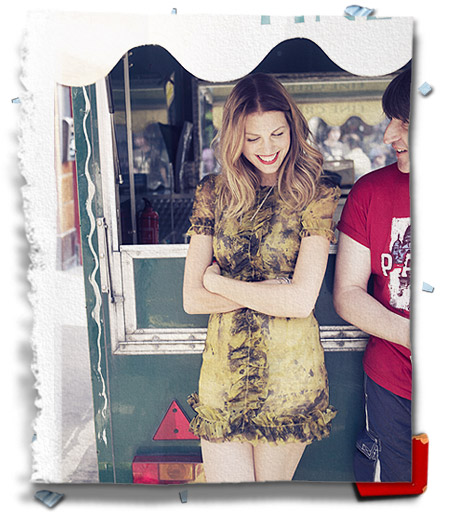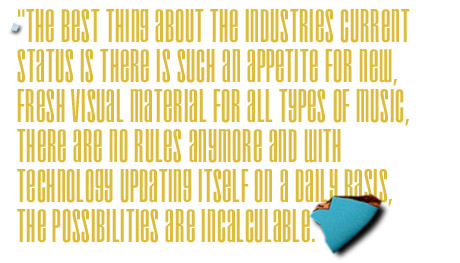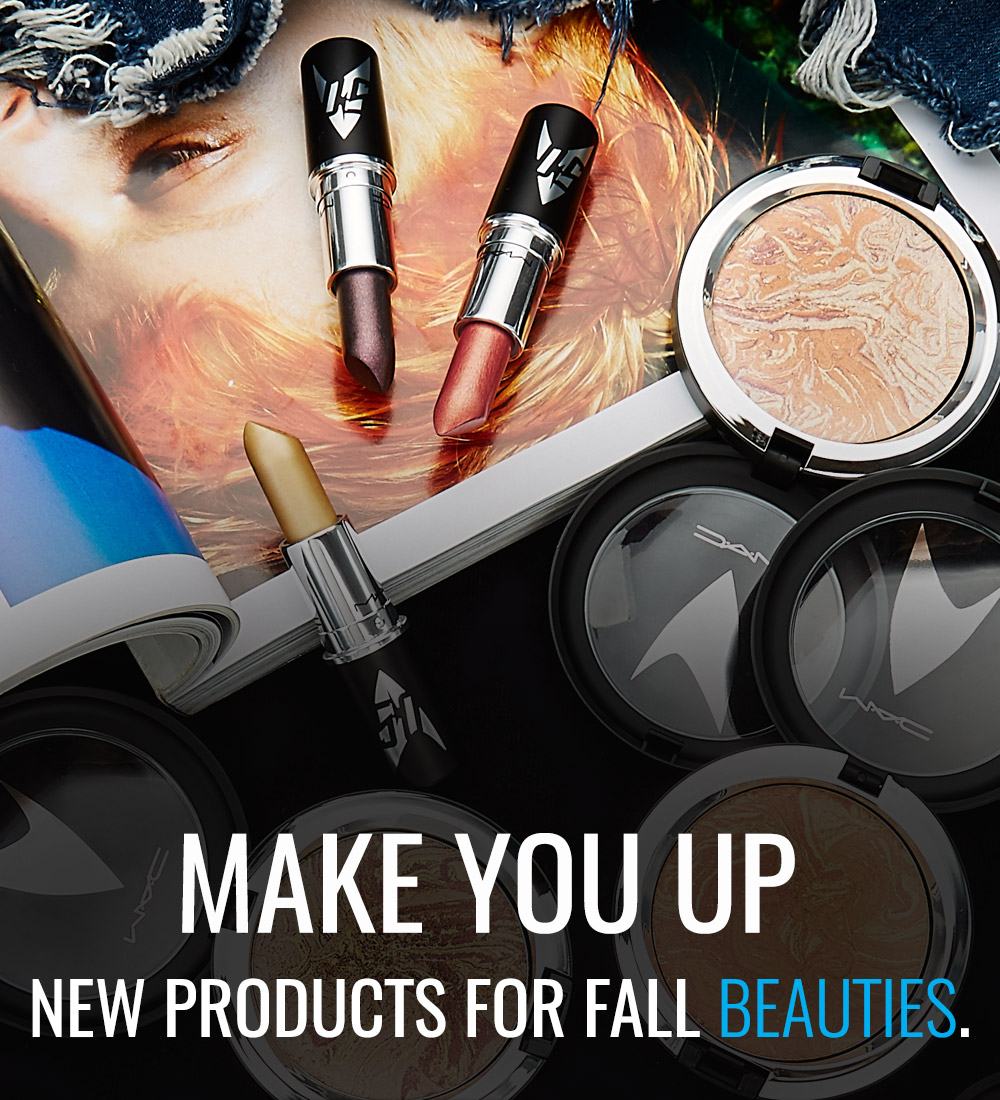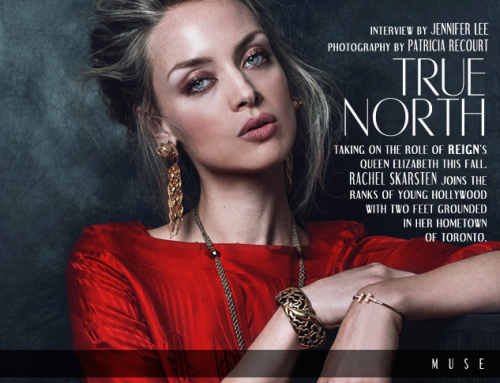“I had hopes and I had dreams, I had ways and I had means,” sings Canadian musician Flakjakt in his debut single “Cascades.” Pertinent — perceptive even — lyrics for the song now famed for inspiring the first music video filmed entirely with the iPhone 4. Shot over two days by director Marty Martin with a budget of $200 and the will to go viral, the novel video has wrangled solid YouTube patronage and earned the clever Flakjakt a place on iTunes.
Sitting squarely on the shoulders of the Internet, for today’s emerging musicians and directors it seems but a simple matter of educating themselves with basic technical know-how (one online tutorial away) for them to actualize their dreams with the most meagre of means, as Flakjakt did.
And who’s to say it isn’t art? Not Kinga Burza.

view gallery
Darling at London’s hip Partizan production company, Burza is already a who’s who of the music video industry with barely a handful of years under her belt. Profiled by international newspapers and venerable glossies such as British Vogue and i-D Magazine, her director’s credit can be spotted on a spectrum of videos ranging from indie-preferred artists including The Teenagers to pop culture princess Katy Perry.
And though not likely to film her next project on a camera that rings and fits into her side pocket, Burza is no lead-footed industry purist.
“As budgets crumble further and audiences get hungrier for more and more immediately satisfying viral content, the industry is, as a result, just adapting to what audiences are actually responding to best,” says the director. “And this I believe is more likely to be content that is entertaining, fun, or clever, than beautiful or expensively produced.” Artist and audience dependent, of course.
The average major label music video today costs an estimated $300,000 USD to produce, with Billboard priests and priestesses like Lady Gaga expending up to a million dollars on celebrity directors/cameos and effects that compete with the big screen. Those same labels spend a ballpark of $60,000-$80,000 USD on smaller fish i.e. developing artists. In 1984, The Cars — already Platinum recording artists by then — made music video history by spending that same amount on their “You Might Think” video, a number triple the standard budget at the time. Voted Video of the Year at the first MTV Video Music Awards, the video’s progressive hook was in its computer graphics, a new (and expensive) artistic turn in the budding genre.
Today “the hook” is slippery and not a thing to be nailed down. Things are so that Lady Gaga and Beyoncé’s exorbitant “Telephone” video, featuring the original “Pussy Wagon” from Quentin Tarantino’s Kill Bill, competes toe-to-toe with OK Go’s DIY “This Too Shall Pass” video, in which props (two-storey NASA-engineered Rube Goldberg machine excluded) look like they were collected from a child’s rumpus room and/or Aunt Edna’s yard sale.
“I think the way in which OK Go have approached their videos is clever and forward thinking,” comments Burza on the band’s celebrated DIY maxim. “From the very beginning of the band’s existence they’ve recognized the viral potential of the Internet and used it to their advantage. I really admire their videos, but do believe this marketing model of video success really only applies to a certain type of band, though, and [is] probably not appropriate for all artists and genres.”
Having won an MTV Video of the Year award herself for the small budget “I Kissed a Girl” video when a relative newcomer, Burza welcomes the challenge of working in a medium that is going through an open-ended transition. With it becoming easier and more popular for artists to record music in their own makeshift home studio without necessarily sacrificing audience reach thanks to MySpace, music video production will naturally follow suit and lean on YouTube and Vimeo to communicate with fans. But will DIY methodology become industry standard? Burza is doubtful, pointing to fickle counter culture as a possible naysayer.


“I think it will become fashionable to rebel against low-fi, DIY, gimmicky videos as well,” she suggests. “The best thing about the industry’s current status is there is such an appetite for new, fresh, visual material for all types of music, there are no rules anymore, and with technology updating itself on a daily basis, the possibilities are incalculable.”










